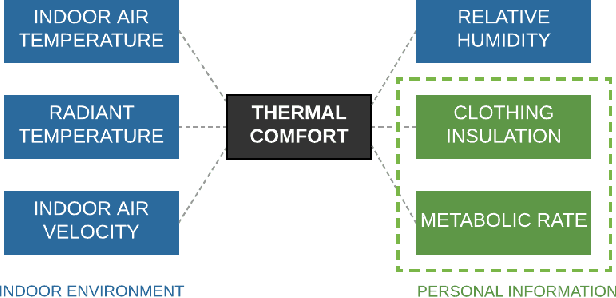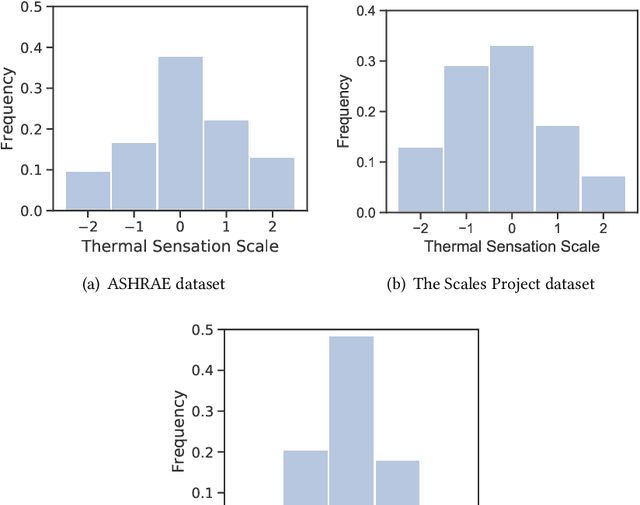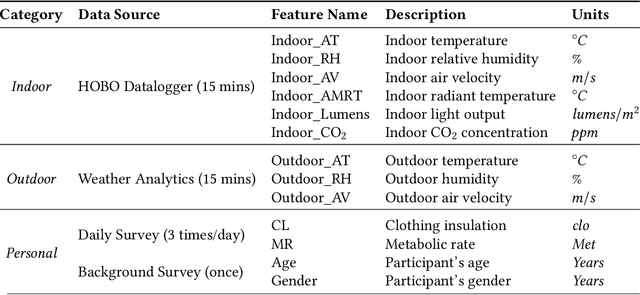Jun Zhai
Understanding the Design Principles of Link Prediction in Directed Settings
Feb 20, 2025



Abstract:Link prediction is a widely studied task in Graph Representation Learning (GRL) for modeling relational data. The early theories in GRL were based on the assumption of a symmetric adjacency matrix, reflecting an undirected setting. As a result, much of the following state-of-the-art research has continued to operate under this symmetry assumption, even though real-world data often involve crucial information conveyed through the direction of relationships. This oversight limits the ability of these models to fully capture the complexity of directed interactions. In this paper, we focus on the challenge of directed link prediction by evaluating key heuristics that have been successful in undirected settings. We propose simple but effective adaptations of these heuristics to the directed link prediction task and demonstrate that these modifications produce competitive performance compared to the leading Graph Neural Networks (GNNs) originally designed for undirected graphs. Through an extensive set of experiments, we derive insights that inform the development of a novel framework for directed link prediction, which not only surpasses baseline methods but also outperforms state-of-the-art GNNs on multiple benchmarks.
Transfer Learning for Thermal Comfort Prediction in Multiple Cities
Apr 29, 2020



Abstract:HVAC (Heating, Ventilation and Air Conditioning) system is an important part of a building, which constitutes up to 40% of building energy usage. The main purpose of HVAC, maintaining appropriate thermal comfort, is crucial for the best utilisation of energy usage. Besides, thermal comfort is also crucial for well-being, health, and work productivity. Recently, data-driven thermal comfort models have got better performance than traditional knowledge-based methods (e.g. Predicted Mean Vote Model). An accurate thermal comfort model requires a large amount of self-reported thermal comfort data from indoor occupants which undoubtedly remains a challenge for researchers. In this research, we aim to tackle this data-shortage problem and boost the performance of thermal comfort prediction. We utilise sensor data from multiple cities in the same climate zone to learn thermal comfort patterns. We present a transfer learning based multilayer perceptron model from the same climate zone (TL-MLP-C*) for accurate thermal comfort prediction. Extensive experimental results on ASHRAE RP-884, the Scales Project and Medium US Office datasets show that the performance of the proposed TL-MLP-C* exceeds the state-of-the-art methods in accuracy, precision and F1-score.
 Add to Chrome
Add to Chrome Add to Firefox
Add to Firefox Add to Edge
Add to Edge